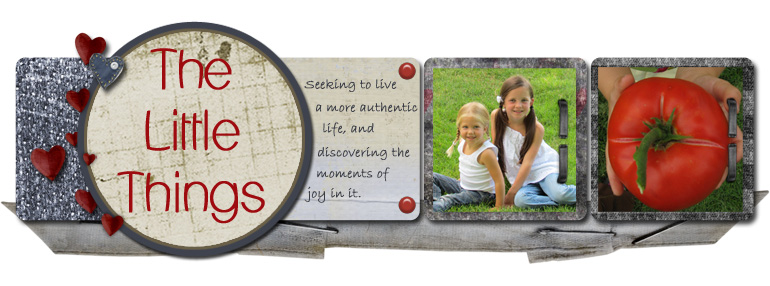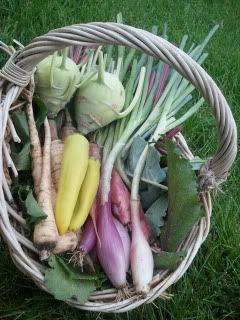Here's the basic rundown for what I'm using and teaching this year:
Math: a Beka Arithmetic 3
Language: English for the Thoughtful Child 2
Science: 1st semester will be spent building an animal notebook based on the classification of living things, as well as plenty of
History: 1st semester focuses on American History from after Jefferson to Buchanan, using Stories of America Volume 1 (a Charlotte Mason based text)
Fine Art: starting with Renoir, then Rossini for poetry, followed by Vivaldi. We'll spend 2-3 weeks on each artist.
Penmanship: a Beka Penmanship 3, cursive writing
Spelling: a book I found in our basement stash, it's pretty generic
Literature: Misty of Chincoteague and the rest of the series if she loves it.
We'll also spend time journaling each day, learning handicrafts and kitchen skills, gardening, dance class and 4-H, and chautauqua in the spring. I'm happy with the goals we've set out for this year. I've got our days scheduled out down to the half hour, which is tedious but is the only way we get everything done. Instead of taking as long as it takes to complete an assignment, I'm allotting a reasonable amount of time and assigning unfinished work as "after-school work". The only tests I'll give are in math and spelling, and mostly just because she enjoys them.
And for my Big Preschooler: a focus on learning numbers 1-10 by sight and being able to write them, learning all the letters, writing them, and knowing their sounds. Aside from that, we'll just do plenty of living and playing with a focus on hands-on educational games and activities. She's in charge of fixing the morning snack each day (with help as needed) and does plenty to help around the house and garden. Preschool and kindergarten are both really relaxed at our house - I only assign as much "school work" as she seems to want to do. There will be plenty of time for learning later!
Here's wishing everyone a smooth, successful school year, whether at home or elsewhere!













